10 Min Tips To Teach Music Podcast: Episode #26
EP 26: How to organise musical material
In today’s podcast, I am going to expand on last week where I offered some ideas on how to get organise the material you have developed.
As I said last week…
Once you have the material, you can go about “organising” or “arranging” it.
WAYS TO DEVELOP AN MOTIF / IDEA:
-
-
- Repeat/cycle
-
- Invert
-
- Retrograde (play it backwards)
-
- Expand the interval (intervallic expansion) or Contract the interval (intervallic contraction)
-
- Transpose
-
- Displace the pitch (change the octave of one note)
-
- Fragment the melody
-
- Extend the end of the melody
-
- Rhythmically augment or diminish the melody
-
- Rhythmically alter the melody
-
- Change the articulation
-
- Vertically arrange the notes of the melody
-
- Change the instrument combinations
-
- Metric changes
- Rhythmic displacement through accents, syncopation, morphing, addition, subtraction, repetition.
-
WAYS TO ORGANISE BLOCKS OF SOUND:
-
-
- Consider the roles of the layers – traditional vs non-traditional (Melody, bass, accompaniment, primary, secondary, rhythmic )
-
- Repetition of ideas as interjections
-
- Transposition of the idea as a whole or in part
-
- Limited pitch set with rhythmic change to create different moods or sections
-
- Limited interval set with rhythmic and register change to create different moods or sections
-
- Juxtaposition of two ideas
-
- Stop – Wait – Go sequence with ideas (good for two or three cellular ideas)
-
- Interruptions or interjections (good for chordal ideas)
-
- Dovetailing, call and response (antiphony)
-
- Superimposition of both ideas simultaneously
-
- Polyrhythms
-
- Cyclic patterns (good for motivic ideas) – use addition and subtraction like the minimalists.
-
- indeterminacy – (good for timeless ideas to create a bed over which something more important grows or develops)
-
- Traditional formations – AB, ABA, ABACADAE (with smaller ideas), sonata, minuet and trio
- Traditional roles – as in jazz arranging style or pop arranging style.
-
THINGS TO ADD TO THE BLOCKS OF SOUND OR MOTIVIC IDEAS:
-
-
- Countermelodies
-
- Ostinati
- Drones
-
